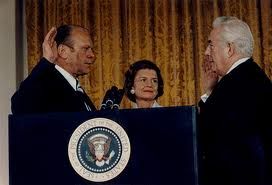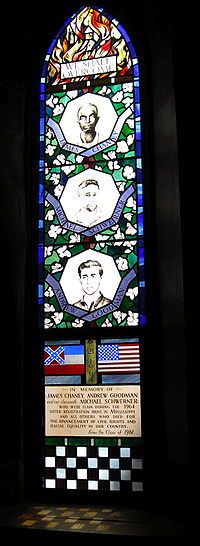This is your morning Open Thread. Pour a cup of your favorite morning beverage and review the past and comment on the future.
August 13 is the 225th day of the year (226th in leap years) in the Gregorian calendar. There are 140 days remaining until the end of the year.
 On this day in 1521, the Aztec capital, Tenochtitlan falls to Cortes:
On this day in 1521, the Aztec capital, Tenochtitlan falls to Cortes:
After a three-month siege, Spanish forces under Hernan Cortes capture Tenochtitlan, the capital of the Aztec empire. Cortes’ men leveled the city and captured Cuauhtemoc, the Aztec emperor.
Tenochtitlan was founded in 1325 A.D. by a wandering tribe of hunters and gatherers on islands in Lake Texcoco, near the present site of Mexico City. In only one century, this civilization grew into the Aztec empire, largely because of its advanced system of agriculture. The empire came to dominate central Mexico and by the ascendance of Montezuma II in 1502 had reached its greatest extent, extending as far south as perhaps modern-day Nicaragua. At the time, the empire was held together primarily by Aztec military strength, and Montezuma II set about establishing a bureaucracy, creating provinces that would pay tribute to the imperial capital of Tenochtitlan. The conquered peoples resented the Aztec demands for tribute and victims for the religious sacrifices, but the Aztec military kept rebellion at bay.
Cortes subsequently directed the systematic destruction and leveling of the city and its rebuilding, despite opposition, with a central area designated for Spanish use (the traza). The outer Indian section, now dubbed San Juan Tenochtitlan, continued to be governed by the previous indigenous elite and was divided into the same subdivisions as before.
Ruins
Some of the remaining ruins of Tenochtitlan’s main temple, the Templo Mayor, were uncovered during the construction of a metro line in the 1970s. A small portion has been excavated and is now open to visitors. Mexico City’s Zócalo, the Plaza de la Constitución, is located at the location of Tenochtitlan’s original central plaza and market, and many of the original calzadas still correspond to modern streets in the city. The Aztec sun stone was located in the ruins. This stone is 4 meters in diameter and weighs over 20 tonnes. It was once located half way up the great pyramid. This sculpture was made around 1470 CE under the rule of King Axayacatl, the predecessor of Tizoc, and is said to tell the Aztec history and prophecy for the future.










Recent Comments